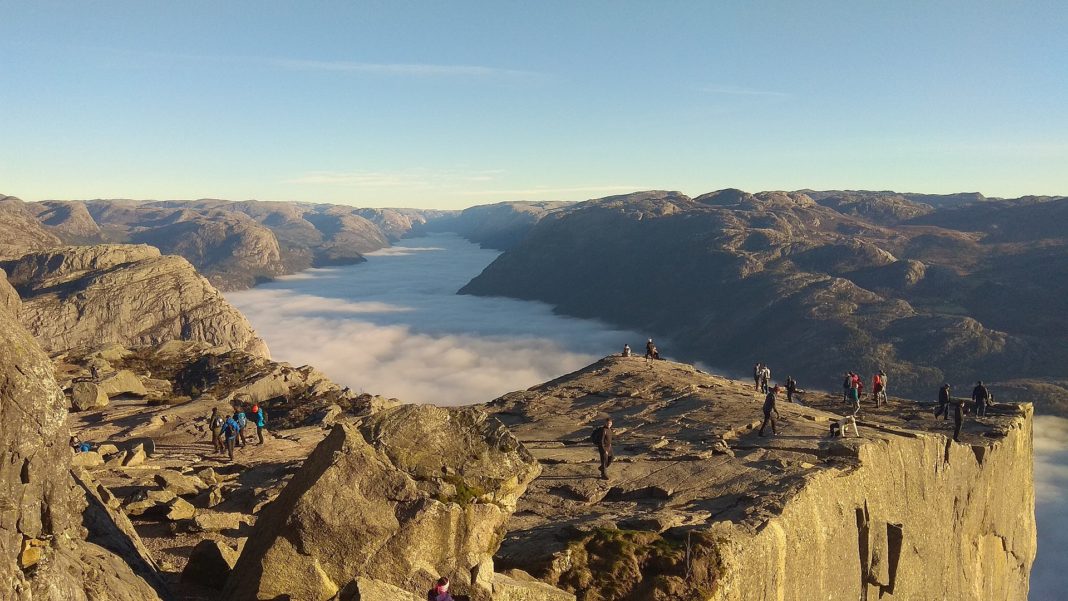Preikestolen or Prekestolen is a tourist attraction in the municipality of Strand in Rogaland County, Norway. Preikestolen is a steep cliff that rises 604 meters above Lysefjorden. Atop the cliff, there is an almost flat top of approximately 25 by 25 meters. Preikestolen is located near the Western part of the fjord, and on its North side.
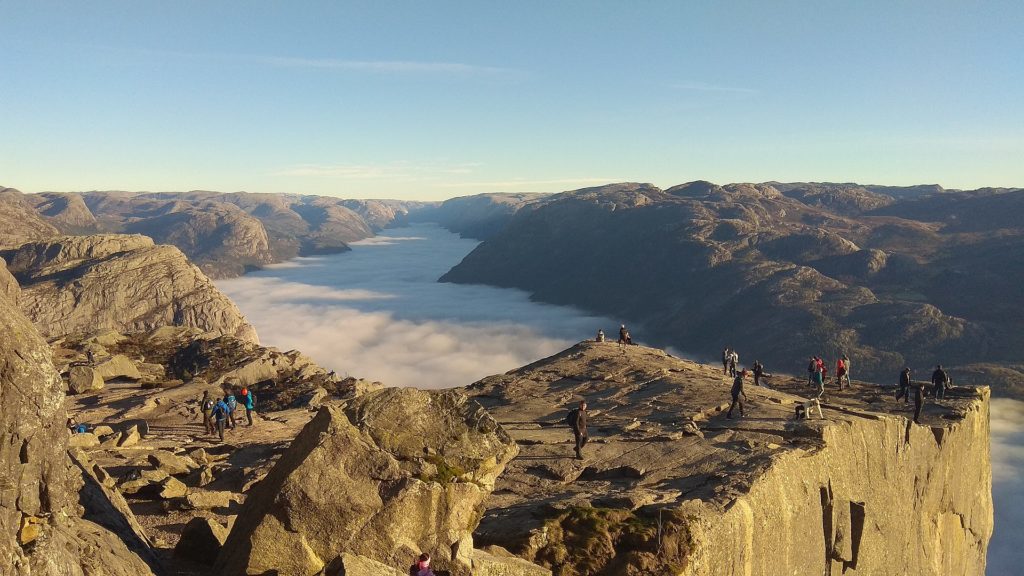
The cliff was formed during the ice age, approximately 10,000 years ago, when the edges of the glacier reached the cliff. The water from the glacier froze in the crevices of the mountain and eventually broke off large, angular blocks, which were later carried away with the glacier. This is the cause of the angular shape of the plateau. Along the plateau itself there continues to be a deep crack. Due to these cracks, the plateau will at some point fall down, but all the geological investigations have revealed that this will not happen in the foreseeable future, and geologists have confirmed the safety of the plateau.
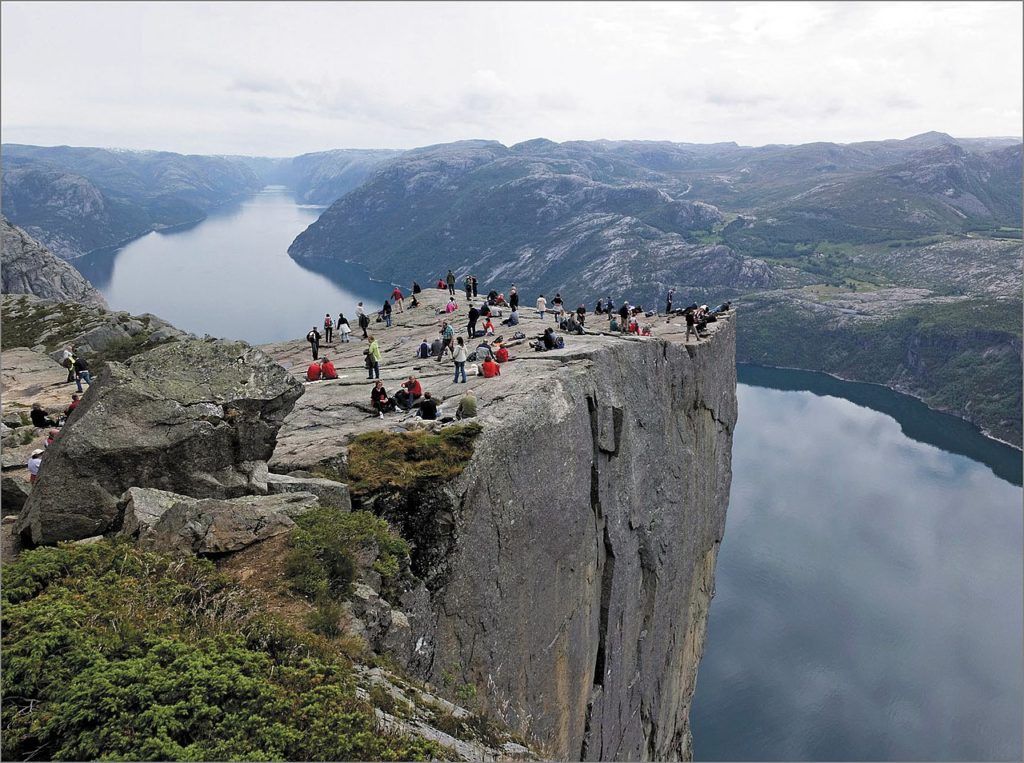
The cliff overlooks the valleys of the Ryfylke region. The landscape of Ryfylke is characterized by high mountains in the interior; the highest and wildest are located in the north and are formed by hard, igneous rock. These high and vertical cliffs running along the clear water of the fjord together with the green color of the forest below create a typical landscape of Norway.
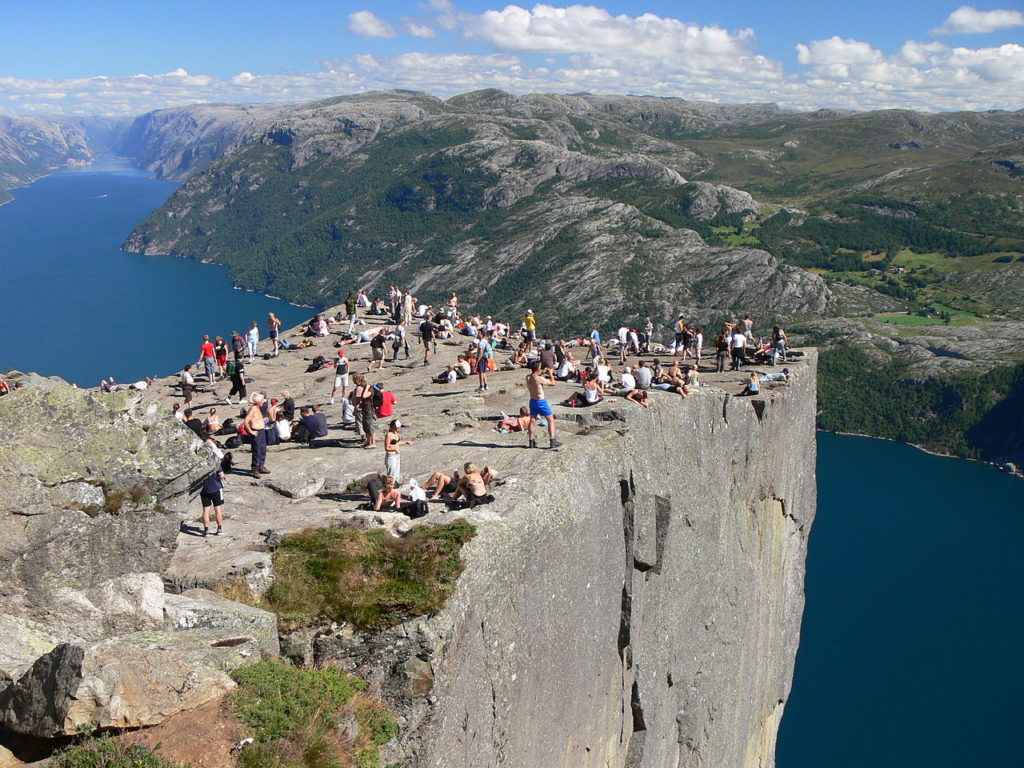
French writer Victor Hugo admired the scenery of the fjord after a visit here in 1866. He had many lines in his novel, Toilers of the Sea, to compliment this landscape.
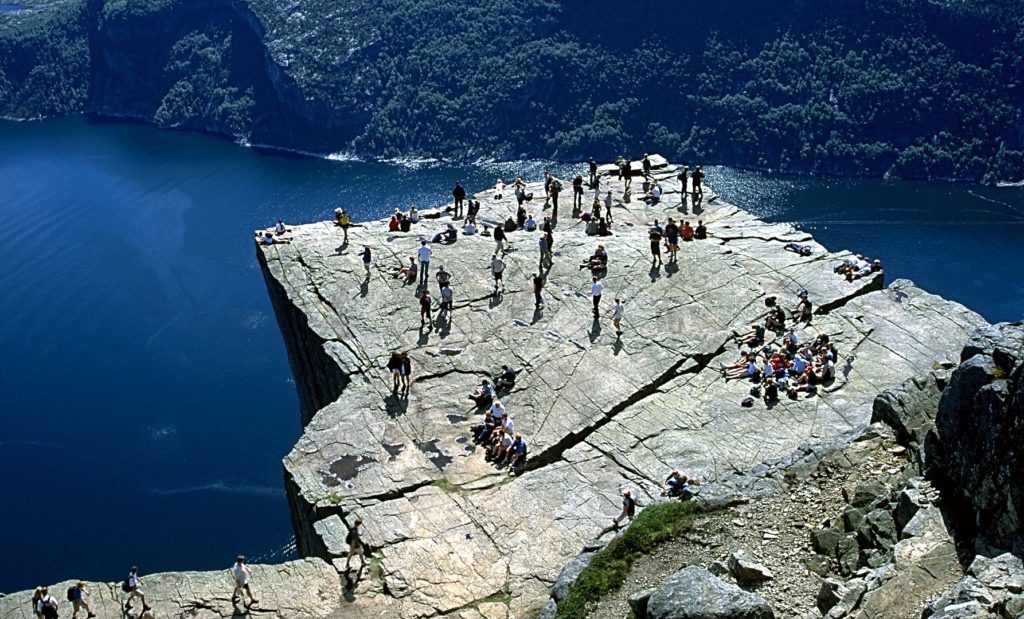
According to the Internet





